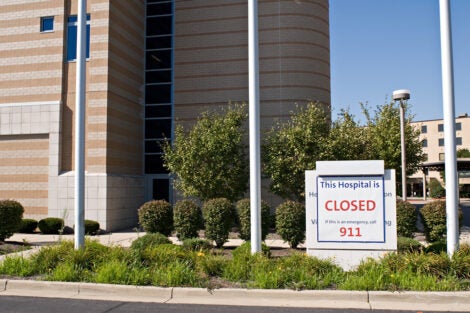February 27, 2024 — In the U.S., more than two million women of childbearing age live in so-called “maternity care deserts,” defined as counties lacking obstetric care. Most maternity care desserts are in rural areas—in fact, 55% of rural hospitals offer no maternity care.
The reasons cited for hospital maternity ward closures include declining birthrates, staffing shortages, and increased costs. But research by Alecia McGregor, assistant professor of health policy and politics, has found other common threads—hospitals that appear most likely to close are often those most reliant on Medicaid, which reimburses at lower rates than commercial insurers; and obstetric unit closures, specifically, are more common in hospitals that serve a larger share of Black patients.
McGregor has suggested that midwife-led birth centers could be part of the solution to filling gaps in care caused by maternity ward closures. She is quoted in a February 26 Milwaukee Independent article: “The kinds of lifesaving procedures that can only be conducted in a hospital are important for those very high-risk cases. But for the majority of pregnancies, which are low-risk, birth centers can be a very important solution to lowering costs within the U.S. health care system and improving outcomes.”
Read the Milwaukee Independent article: Rural Americans seek options to give birth closer to home as hospitals continue to close maternity wards
Read more about McGregor’s research: Maternity ward closures exacerbating health disparities (Harvard Chan School news)
Photo: iStock / lawcain
